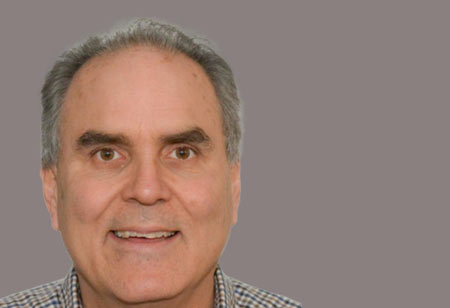Rick Lehoux’s impeccable technical proficiency and leadership skills are helping his organization pursue sustainability and energy efficiency in the industry. With years of experience in the energy sector, he is redefining the landscape with innovative solutions that promote the effective use of renewable energies. In an interview with Environmental Business Review Canada, Lehoux shares his unique perspective on addressing industry challenges, fostering sustainability, and the journey toward resilient supply chains.
Can you give a brief account of your background and career journey that led you to your current role at Greenfield Global?
My career began at Allied Chemicals , where I worked in maintenance, learning industrial processes from the ground up. This experience was invaluable when I transitioned to engineering. My electrical engineering background sparked my interest in the energy sector. All these combined experiences helped me in my role as the director of central engineering at Greenfield Global.
Leveraging off-peak power and controlling consumption profiles to align with the grid’s availability can optimize energy use
What are some of the leading challenges you have observed in the energy engineering space?
One of the most significant challenges in energy engineering is ensuring a consistent supply of sustainable and renewable energy year-round. It’s paramount for businesses that operate round the clock to have a steady and reliable energy source, especially if renewables are an essential part of their energy mix. Maintaining this consistency concurrently with energy-efficient practices is becoming increasingly complex. Beyond technological changes, achieving sustainability and energy efficiency necessitates a cultural shift.
Can you mention some of the practices and methods that can be adopted to increase energy efficiency in the industry?
To improve energy conservation, the first thing a company needs to do is to revisit its energy efficiency and conservation studies again. This long-hanging fruit yields immediate benefits. Ensuring the cleanliness of your electrical power grid is an essential step. For companies with access to a clean grid, shifting to electricity can be a sustainable option. Leveraging off-peak power and controlling consumption profiles to align with the grid’s availability can optimize energy use.
How do you think the industry is evolving toward sustainable solutions?
The path to sustainability is a continuous journey, marked by incremental changes. There is no overnight solution that lets you achieve it. For example, consider the corn ethanol business; shifting to such a renewable energy source is just a step toward eco-friendly practice and not a final solution. Achieving ultimate sustainability requires these kinds of small and consistent steps over time.
There is also a significant shift in the way energy is utilized now. For instance, in earlier times, we leveraged various resources like fossil fuels and hydropower to generate electricity. But now we use electricity to make electro fuels and chemical storage.
What advice would you give to budding professionals and peers in your field?
Sustainability should always be imagined as a marathon and not a sprint. We’ve already achieved the easy part of obtaining the energy sources buried beneath the ground. Now, the real work lies above ground, and it’s a path that demands persistence and innovation. Maintain a corporate culture and keep working pursuing sustainability by embracing every single step you take.


